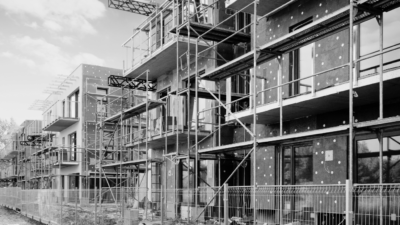New research reveals that while secondary property purchases account for just 23% of all home purchases in England, this climbs to 29% in London, with this proportion hitting more than 50% in some boroughs.
England’s housing market has been on fire for the last two years.
Demand is high so prices are high and one reason for this is people buying additional properties.
In fact, 10% of the population are thought to own an additional property, with the vast majority investing in a buy-to-let rental property.
Analysing data on additional property purchases made in the last financial year, Octane Capital has found that there were 230,800 additional property purchases which equates to 23% of all housing market transactions.
Regionally, those places where additional homes account for an above average portion of the market include Yorkshire & Humber (24%), the North West (26%), and North East (26%), but nowhere do they account for a more substantial slice of the market than in London, where 35,100 additional home purchases equate to 29% of all housing market transactions.
This makes London the second home capital of the country and here’s a breakdown of additional home purchases on a borough-by-borough level.
The most active additional home market in London is Kensington & Chelsea where 1,200 additional home purchases equate to 52% of all market activity in the borough.
Westminster isn’t far behind, with additional homes accounting for 48% of all transactions, followed by Camden (38%), Harrow (38%), and Brent (37%).
The boroughs with the lowest percentage of additional homes are Waltham Forest, Lewisham, and Bexley, in all of which they account for 21% of market activity.
CEO of Octane Capital, Jonathan Samuels, commented:
“Some may frown upon second home owners, but the fact of the matter is that the vast majority are buy-to-let landlords, not high-end homeowners restricting stock availability by purchasing rarely used holiday retreats.
So while almost a quarter of all transactions may be attributed to second homes, these purchases are serving a vital purpose, providing much needed rental market stock to a nation that is becoming increasingly more reliant on long-term renting as a means of living.
Of course, there are exceptions to the rule and London’s prime market is certainly one of those exceptions.
Across the likes of Kensington and Chelsea and Westminster a higher propensity for second home ownership is undoubtedly being driven by wealthy homeowners increasing their own private portfolio, rather than investing in buy-to-let opportunities.”
























Comments